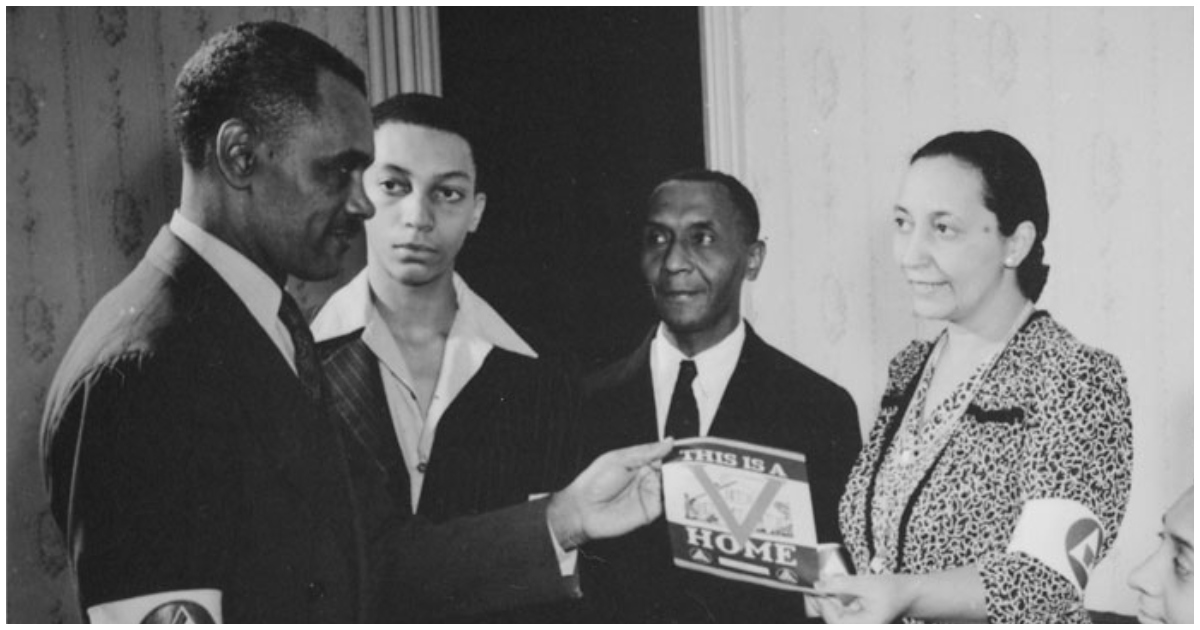James G. Thompson’s 1942 letter to The Pittsburgh Courier ignited the “Double V” campaign. This movement became the first Black civil rights crusade in the United States. It challenged racial segregation and discrimination during World War II.
The Birth of the “Double V” Campaign
Thompson, a 26-year-old from Wichita, Kansas, faced rejection from the army due to his race. Frustrated, he penned a powerful question to the newspaper: “Should I sacrifice my life to live half American?”
The Pittsburgh Courier, with over 350,000 readers, seized this moment. They launched the “Double V” campaign, building on the popular “V for Victory” slogan. The second “V” stood for victory against racial inequality at home.
Spreading the Message of Equality
Other prominent Black newspapers quickly joined the cause. The Chicago Defender and Amsterdam Star-News amplified the call for racial justice. This united front put significant pressure on the U.S. government.
Despite opposition from J. Edgar Hoover’s FBI, change began to happen. The military adopted a “proportional representation” policy. This allowed Black Americans to serve in numbers reflecting their percentage of the population.
Impact on American Society
The “Double V” campaign marked a turning point in American history. It bridged the gap between World War II and the 1960s Civil Rights Movement. Carole Eglash-Kosoff, playwright of “The Double V,” emphasizes its significance:
“The Double V campaign was a hugely significant event in American history that has somehow been forgotten. It took the activism of that one young man and the bravery of the editor and reporters at The Pittsburgh Courier to change the system.”
Remembering a Forgotten Movement
Today, the “Double V” campaign is being brought back into public consciousness. The play “The Double V” at International City Theatre in Long Beach, California, tells this crucial story. It showcases the bravery of Thompson, The Pittsburgh Courier staff, and countless others.
This production reminds us of the power of individual action. It demonstrates how one person’s voice can spark a nationwide movement for change. The legacy of the “Double V” campaign continues to inspire activists today.





